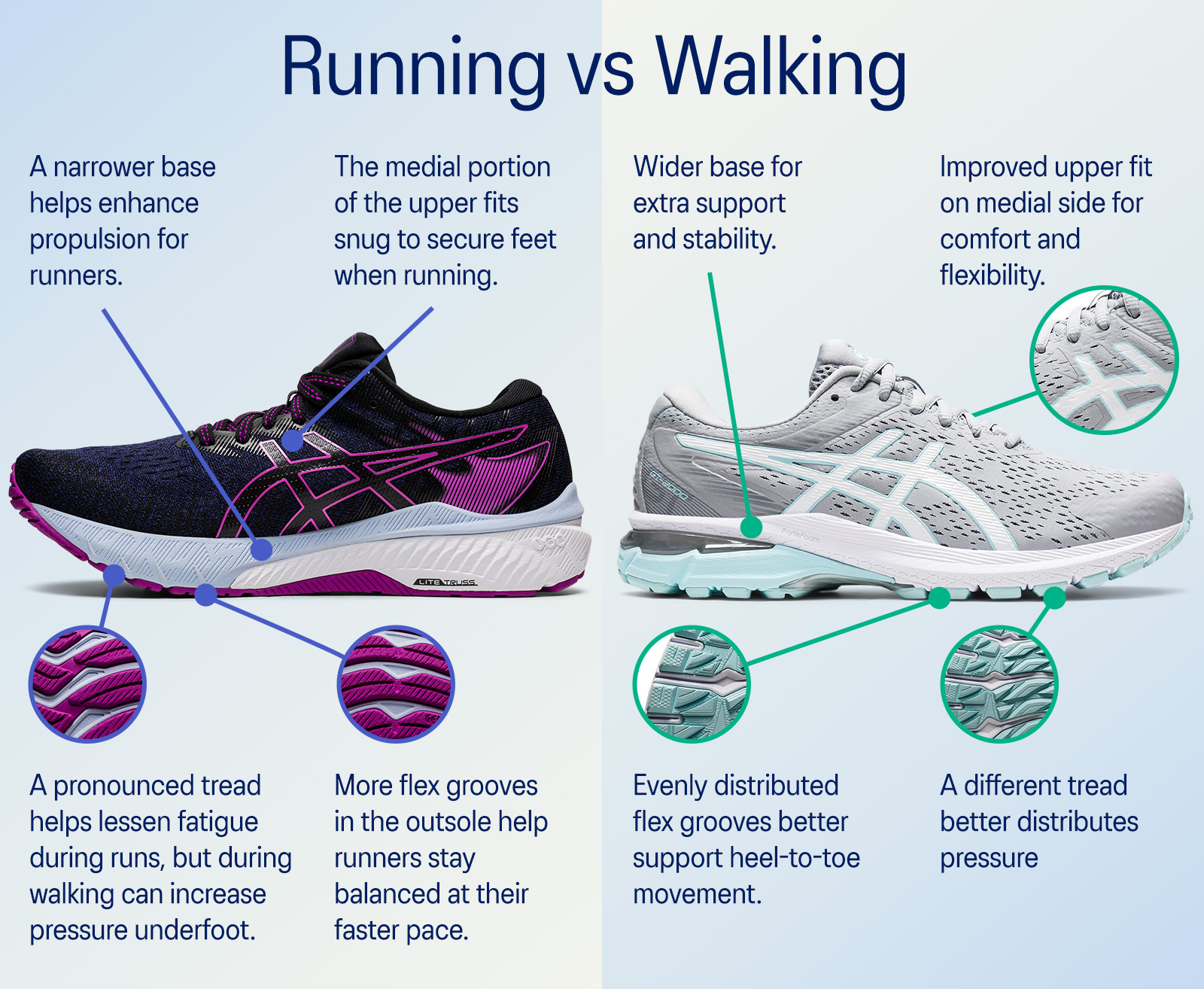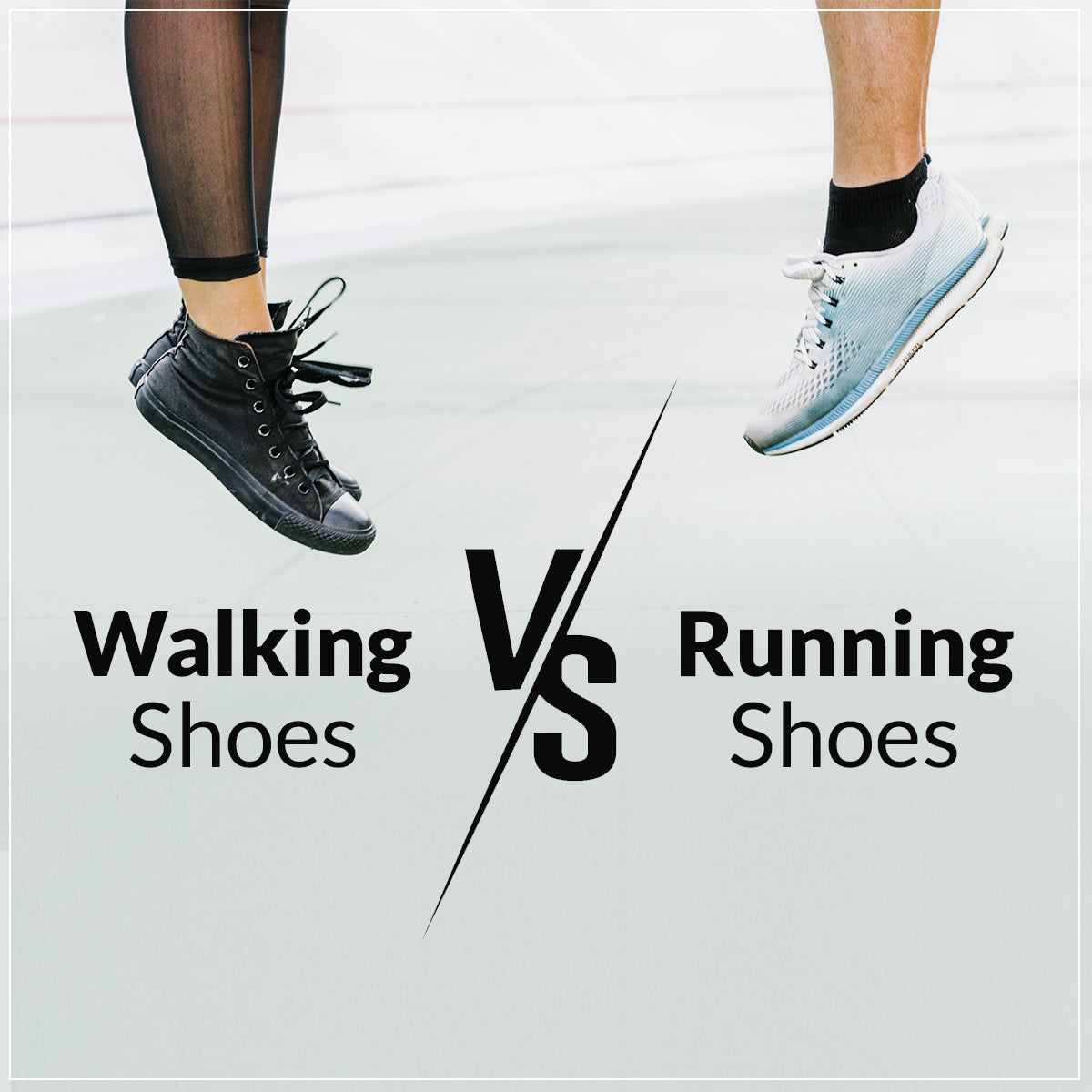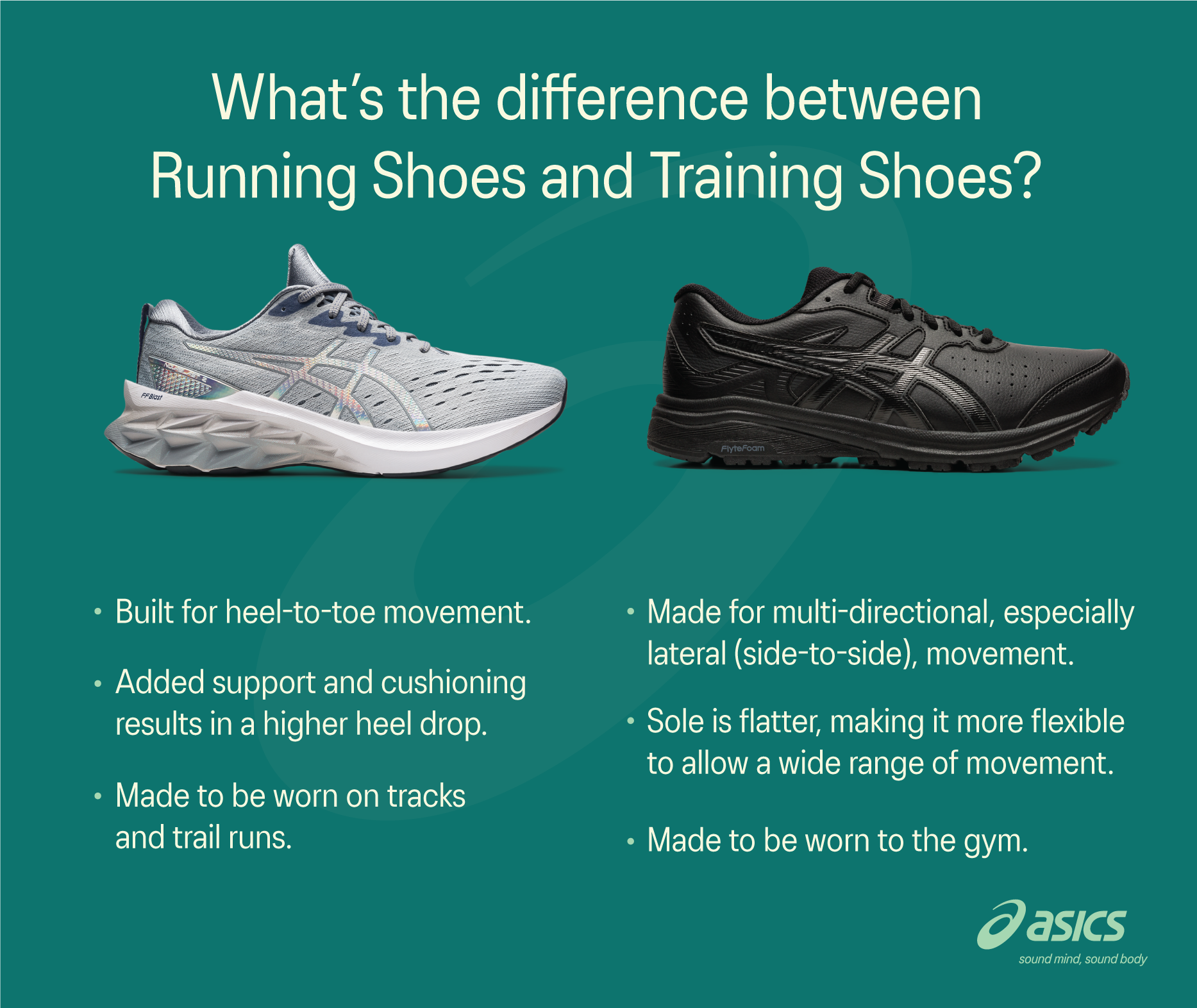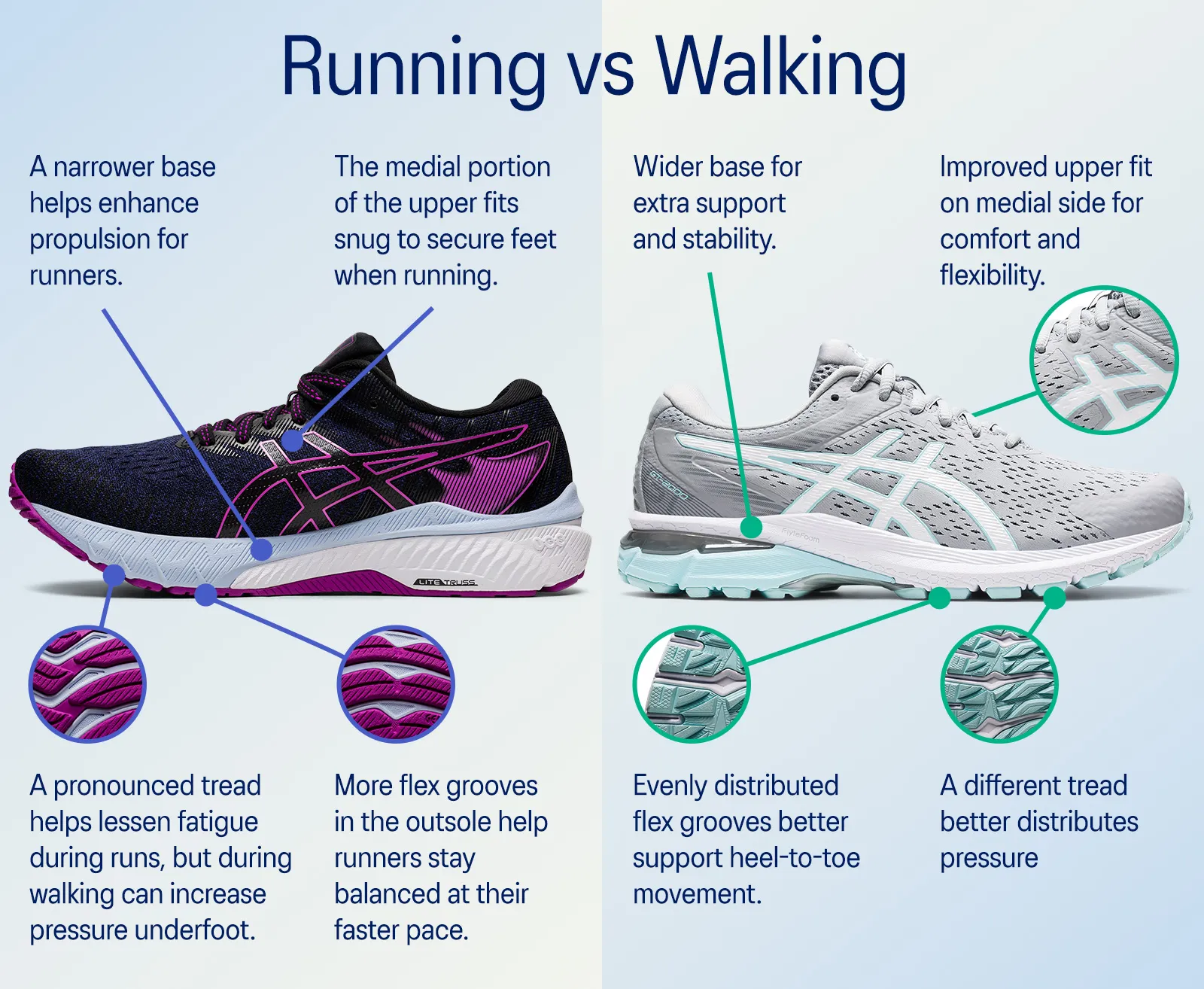Discover The Best Footwear For Your Fitness Journey: Running vs Walking Shoes
Embarking on a fitness journey requires more than just determination; it demands the right gear, starting with your shoes. The debate between running vs walking shoes isn’t just about preference—it’s about science, performance, and injury prevention. Whether you’re a seasoned athlete or a beginner, understanding the distinctions can transform your experience. Let’s dive into the specifics to guide your choice.
The Fundamental Differences in Design and Purpose
When comparing running vs walking shoes, the core lies in their design philosophies. Running shoes are engineered to handle high-impact forces, as each stride can exert up to three times your body weight. According to biomechanics research from Harvard University, this necessitates features like enhanced cushioning in the heel and forefoot to absorb shock. In contrast, walking involves a rolling motion from heel to toe, with lower impact, so walking shoes prioritize flexibility and arch support to facilitate a smooth gait cycle. For instance, a study cited on Wikipedia explains that running shoes often have a higher heel-to-toe drop (8-12mm) to aid forward propulsion, while walking shoes typically have a lower drop (0-6mm) for stability. This isn’t mere speculation; podiatrists from the American Podiatric Medical Association emphasize that using the wrong type can lead to issues like plantar fasciitis or shin splints. Imagine lacing up for a brisk walk in rigid running shoes—your feet might feel constrained, hindering natural movement. Conversely, running in flexible walking shoes could leave your joints vulnerable to stress. Thus, the design isn’t arbitrary; it’s a response to biomechanical demands, making the choice between running vs walking shoes critical for comfort and safety.

Cushioning and Support: How They Protect Your Body
Cushioning is a pivotal element in the running vs walking shoes discussion, directly impacting joint health. Running shoes incorporate advanced materials like ethylene-vinyl acetate (EVA) or polyurethane foams, designed to dissipate energy from repetitive impacts. As noted in literature from Stanford University’s sports science department, this reduces the risk of stress fractures and knee pain over long distances. Walking shoes, however, focus on consistent, moderate cushioning to support the heel strike and roll-off phase. A Quora thread featuring insights from marathon runners highlights that excessive cushioning in walking can destabilize the foot, whereas running demands it for shock absorption. Consider the words of renowned athlete and author Christopher McDougall in his book “Born to Run”: “Shoes should complement your movement, not complicate it.” This resonates deeply here—running shoes often feature gel or air pockets in key areas, while walking shoes use firmer midsoles for durability. From a personal perspective, if you’ve ever switched between activities without changing shoes, you might have noticed discomfort; that’s your body signaling a mismatch. Scientific evidence from the Journal of Orthopaedic & Sports Physical Therapy confirms that proper cushioning alignment can decrease injury rates by up to 25%, underscoring why this aspect is non-negotiable in your fitness arsenal.

Durability and Terrain Adaptability
Durability varies significantly between running vs walking shoes, influenced by usage patterns and terrain. Running shoes are built to withstand intense, repetitive motion on surfaces like pavement or trails, often featuring rugged outsoles with deep lugs for traction. Data from ASICS, a leader in athletic footwear, indicates that high-mileage runners can wear out shoes in 300-500 miles due to foam compression. Walking shoes, designed for less aggressive use, may last longer—up to 600 miles—as they encounter gentler forces. In terms of adaptability, running shoes excel on varied terrains; for example, trail-running models include rock plates and waterproof membranes, as seen in designs from Salomon. Walking shoes, however, are optimized for even surfaces like sidewalks or tracks, with smoother soles to prevent tripping. A viewpoint from Baidu Baike elaborates that walking shoes often use carbon rubber in high-wear areas, while running shoes prioritize lightweight materials. Think about it: if you’re hiking a rocky path, a running shoe’s agility could prevent ankle rolls, whereas a walking shoe’s stability might suffice for urban strolls. This isn’t just about longevity; it’s about matching the shoe to your environment to enhance performance and reduce replacement costs, offering both expertise and value.

Making the Right Choice for Your Fitness Goals
Ultimately, selecting between running vs walking shoes hinges on your activities and physiology. If you’re mixing running and walking, consider hybrid models, but prioritize the primary activity. Renowned podiatrist Dr. Ray McClanahan stated in a YouTube interview, “Footwear should allow natural foot function, not restrict it.” This principle guides our advice: assess your gait, consult reviews from authoritative sources like Runner’s World, and don’t hesitate to try before you buy. Many brands offer discounts on previous seasons’ models, making premium technology accessible. Remember, the right shoes aren’t a luxury—they’re a necessity for a sustainable fitness journey.

In the realm of running vs walking shoes, knowledge empowers better decisions. Let your feet lead the way to a healthier, more enjoyable path.
